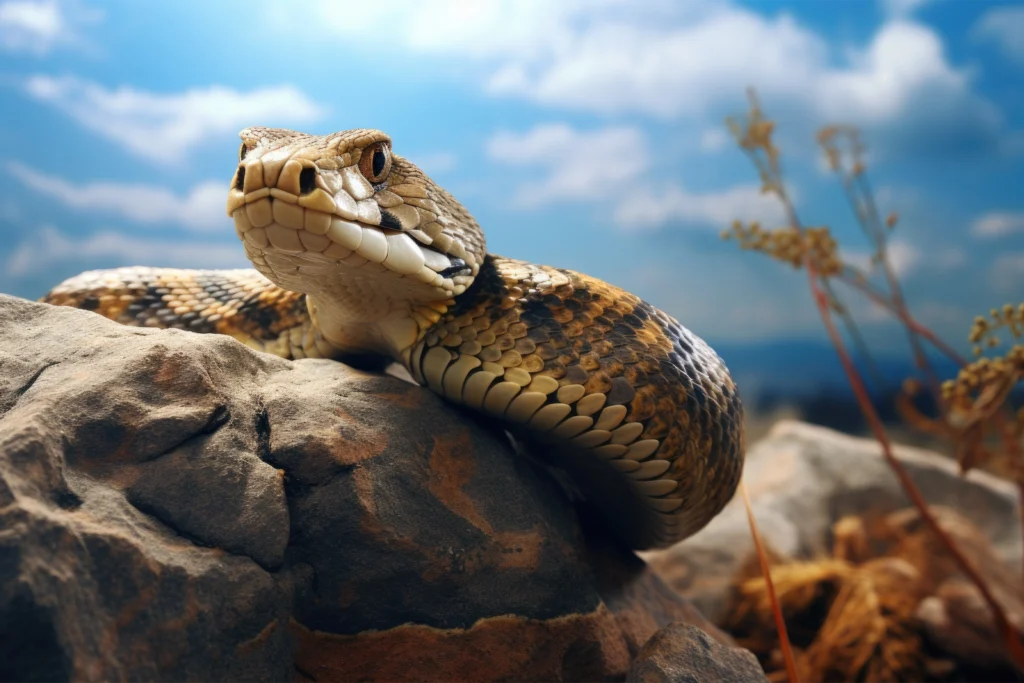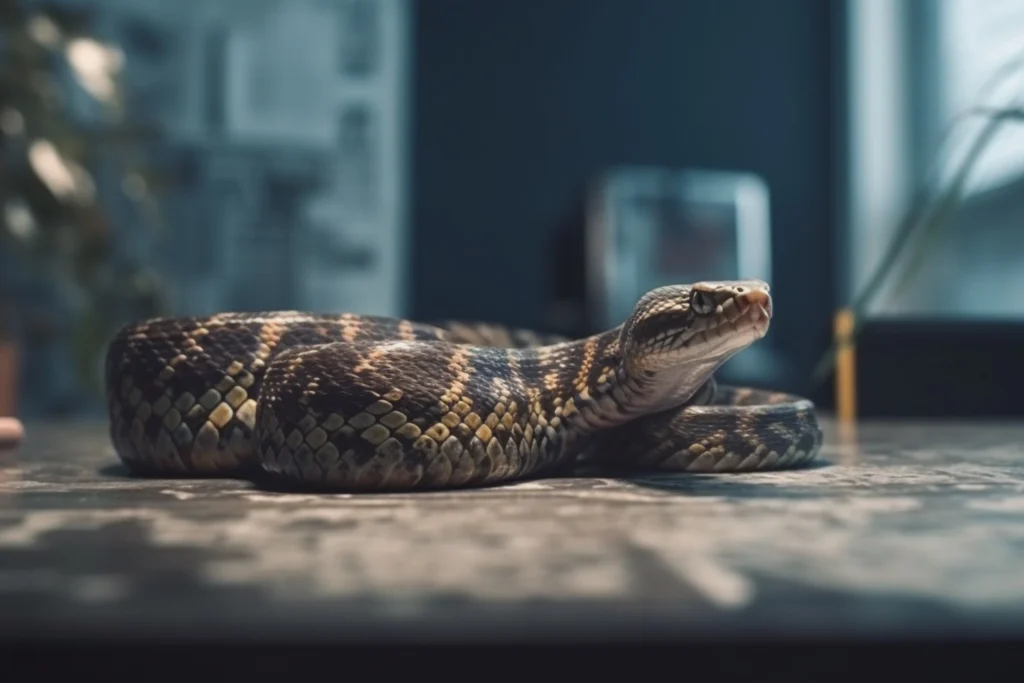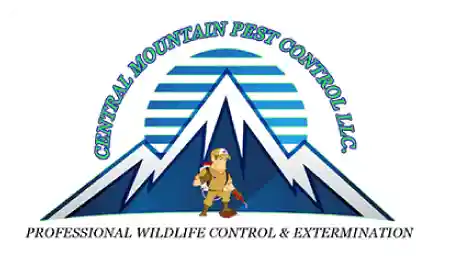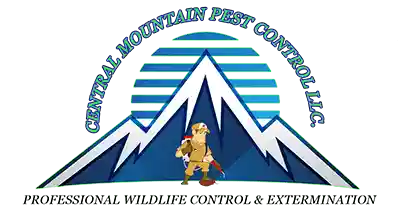A Comprehensive Guide to Species, Risks, and Prevention Strategies
The presence of snakes in your home can cause you lack of peace of mind. Knowing that you could be having a venomous uninvited guest hiding somewhere can be quite traumatizing. You definitely do not want to have an experience with this creature, especially if you lack the proper knowledge and experience of dealing with them. This reptile is attracted to those areas with a lot of prey like frogs, insects, and other small animals.
This article gives insights regarding different species of this creature, potential risks of having it lingering in your property, and some remedies you can implement to have them removed and kept at bay forever.
This means that if you could be dealing with some of these pests, they could attract them when looking for food. Since they are quite dangerous to live with, you want them removed as soon as you identify them.

Understanding Snakes
It is a reptile belonging to the suborder Serpentes and is characterized by its long, elongated and limbless body that is also covered with scales. They come in very different sizes and some can grow up to 6m while others only grow to a few centimeters in length. Many carry venom, which can have detrimental effects to humans. They are carnivores and feed on a wide array of prey depending on their size.
They inhabit different ecosystems such as grasslands, deserts, forests, and aquatic areas. They can also invade your home, especially if there is availability of their desired food sources. They may also come indoors in search of shelter or warmth.
Snakes Behavior and Habitat Preferences in Colorado

They are not very common in the state as compared to other regions in the country. However, they are still a problem to homeowners especially in lower elevations. The climate of this region influences their population in different ways. For instance, Eastern Colorado experiences semi-arid to arid climates.
This is suitable for those species adapted to such conditions such as the hognose. On the other hand, higher elevations like Rocky Mountains experience more precipitation and lower temperatures, conditions that support species like garter.
Another factor that affects is the time of the year and different seasons that come about. For instance, summer and spring are regarded as the peak season for them.
The reasoning behind this is that they become more active and get out of hibernation in search of food and breeding grounds during these times. In contrast, their activity is quite low in winter and fall as the temperatures begin to reduce. Due to these temperature differences, you are more likely to see them during warmer than the colder months of the year.
Different elevations also affect the distribution of snakes in the state. Since they are cold-blooded, they rely on external sources for their heat. Due to this, you will not find many of them in higher elevations due to reduced temperatures. Conversely, you will find that their population is much higher in lower elevations because of the better temperatures. Despite these, their distribution is quite diverse because there are many species, each of which is suited for specific locations.
Common Snake Species in Colorado
The state is home to many species. This part of the article gives some common ones you can find here.
Prairie Rattlesnake
It is a venomous viper native to the western parts of the country, which makes it quite common in Colorado. It can grow up to 1m in length and it is commonly known for its three or more intranasal scales. Its light colored and hues of brown can help recognize it. It can be found in different areas such as valleys of Rocky Mountains, and much of the Great Plains. They set up habitats where there is abundant prey, especially rocky regions that serve as den sites.
Coachwhip
This is nonvenomous and can be recognized from its thin body, a small head and large eyes. They come in different colors but most of them are able to camouflage and resemble where they stay. However, they have a light brown original color. They can be found in different areas especially those with open pine forests, sandy soils, and old fields.
Bullsnake
As its name suggests, it is quite huge but nonvenomous. Adults can grow up to 4 to 6ft in length. To support their large size, they feed on small mammals like mice, and ground squirrels. It is usually yellow in color but may also have white, black, or brown blotching. It is quite common in the Great Plains of the state.
Smooth Green
It is nonvenomous and can be recognized by its green color. Adults have the potential to grow up to 51cm in length. Apart from the green color, it also gets its name from its smooth dorsal scales. It can be found in different areas including stream edges, marshes, and open woods.
Garter
This one is small to medium-sized and produces a neurotoxic venom. Since there are over 30 different kinds of garters, you can understand that they come in different sizes and appearance. Generally, they have a slender build and can grow up to 130cm. They have blue, red, or yellow stripes and live in distinct habitats such as fields, woodlands, forests, and lawns.
Western Hognose
It is a nonvenomous kind and is in the small category because adults can grow up to 50cm in length. They come in different colors but are quite similar to rattlesnakes. In fact, an untrained eye can easily confuse them. It can be found in different areas such as river flood plains, prairies, and gravelly soils.
Signs you are dealing with an Infestation
Now that you have an understanding of the different species that are out there, it is now time to have a look at various things you can watch out for that will tell you are dealing with an infestation of these dangerous reptiles. The first obvious thing is seeing at least one slithering around your property. You might not be too concerned after just seeing one. However, it could mean that it has set up a breeding ground and more are yet to come about.
Therefore, you should be worried upon initial notice, especially in hiding spots like the basement, garage, shed, or other indoor areas. Another instance is that you might not see them but the skin they shed as they grow. Seeing their skin in areas like along walls, the basement, or outdoor areas can mean you may have an infestation. You might also notice, nesting zones in areas with piles of rock, sand, or logs.

Apart from all these, you might not see anything but notice that your pets have unexplainable behavior like too much sniffing or pawing at specific areas. This could indicate the presence of some unwanted guests in the form of serpents.
Potential Risks of Having Snakes at Home
Having them in your property can be a major risk, especially if you are dealing with the venomous types. The major issue that you may go through entails venomous bites. Some species have very strong venom that can even get you hospitalized or experience detrimental complications. Apart from this, they may carry some diseases that could be transmitted to you and your loved ones through scratches, bites, or contact with contaminated areas. For instance, salmonella is one parasite that is transmitted, which can have adverse effects to humans. Additionally, they could cause serious allergic reactions when individuals encounter venom, saliva, or dander coming from them. Finally, having them hiding in your house can cause you to lose sleep at night, as you will be worried what could happen to you and your family.
DIY Management Strategies
Dealing with them is not advised, especially if you are not experienced. However, you can do a couple of things to get rid of them by yourself. If you are okay with the task, you can get a hook or stick and use it to try to catch them then guide them away from your house. This is quite risky and it requires utmost care. They do not love vibrations so you can try creating vibrations around their habitat to try to get them away. You could also create your own trap and use it to catch them. An example is to place a large bucket around where they are hiding. They may consider looking for a better shelter and get into it. When this happens, you can relocate them away from your house.
Reasons to Hire Experts
Handing snakes is not a job for everyone. It requires skill, experience, and knowledge of the way they act and the best way to deal with them. This is why it is best to leave this job to the professionals. They have years of experience in dealing with them and will therefore use utmost care and professionalism when removing them from your house. They will also do this in a safe manner to ensure that no one is harmed.


Preventive Measures You Can Take
The best way to deal with them is to make sure that they do not get into your property in the first place. The best way to ensure this is to understand that they come into your house in search of food and shelter. Therefore, eliminate any potential food sources like other pests such as mice. Next, clean out any debris and other spots that they could make their habitat. When it comes to your house, it is a good idea to seal any cracks and openings in walls, windows, and the foundation that could be potentially used to get access.
Homeowners in Colorado dread the presence of snakes in their house. This is quite understandable because these reptiles are not only scary to look at but they can also be dangerous, which is made possible by their dangerous and painful bites. Since you do not want to experience this and want to enjoy your home with great peace of mind, it is best to deal with them as soon as possible. When it comes to this, you should just call in the experts to do the job for you so that you do not pose your loved ones to any risks.
If you think snakes are causing you problems in Colorado Springs, CO or anywhere in Teller County or El Paso County, please do not hesitate to
contact us today! We will help resolve your problem quickly, safely, and at affordable rates.
